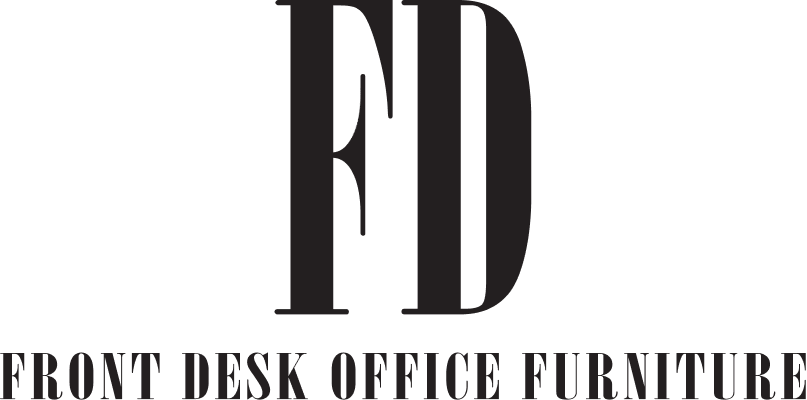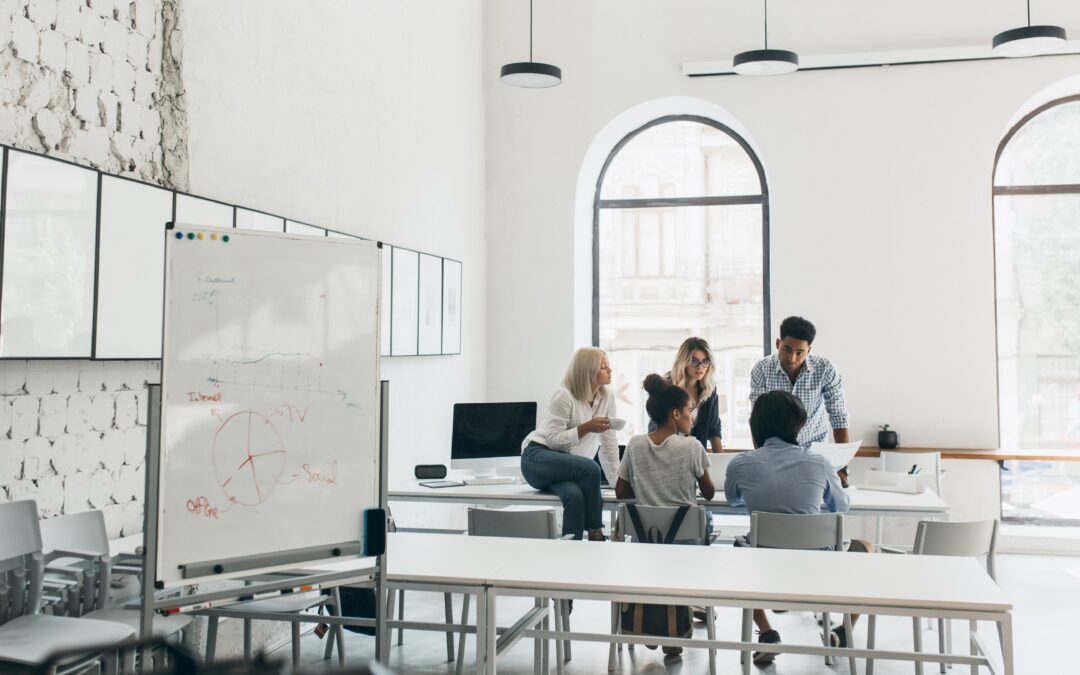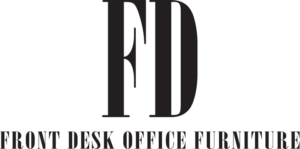In the ever-evolving landscape of the modern workplace, the role of office furniture extends beyond mere functionality. It’s a tool for shaping company culture, enhancing productivity, and creating an environment that fosters creativity and collaboration. In this blog, we delve into real-life case studies that highlight successful office furniture transformations, showcasing the profound impact such changes can have on a company’s atmosphere and performance.
The Open Concept Revolution: Boosting Collaboration at Google
Challenge: Google, known for its innovative culture, faced a challenge in maintaining collaboration as the company grew.
Solution: Google embraced the open concept office design, introducing modular workstations, communal spaces, and flexible furniture. Ergonomic desks, coupled with quirky lounge areas, transformed the workplace into a dynamic and collaborative hub.
Result: Employee engagement and communication improved significantly. The new office layout not only accommodated the growing workforce but also contributed to the development of groundbreaking ideas, reinforcing Google’s reputation as a tech leader.
Tech-Integrated Efficiency: Smart Desks at Microsoft
Challenge: Microsoft aimed to create a workspace aligned with its cutting-edge image while enhancing operational efficiency.
Solution: The integration of smart desks equipped with wireless charging, built-in power outlets, and IoT connectivity allowed employees to seamlessly incorporate technology into their daily tasks. Adjustable sit-stand desks promoted a healthier and more dynamic work environment.
Result: Productivity soared as employees embraced the convenience of tech-integrated workstations. The company’s commitment to innovation was underscored, attracting top talent and impressing clients during meetings.
From Dull to Dazzling: Revitalizing Morale at Airbnb
Challenge: Airbnb faced a challenge with employee morale and creativity, which seemed to stagnate in a bland and uninspiring office setting.
Solution: The company invested in vibrant and customizable furniture, introducing bold colors and creative layouts. Collaborative zones were adorned with comfortable lounge chairs, encouraging informal brainstorming sessions.
Result: The office became an inspirational hub, reflecting Airbnb’s commitment to creativity. Employee satisfaction increased, turnover decreased, and the company noticed a significant uptick in the quality and originality of their creative output.
Remote Work Support: Adapting to the New Normal at Twitter
Challenge: Twitter needed to adapt its office spaces to accommodate a growing trend of remote work without compromising team cohesion.
Solution: The company provided employees with ergonomic home office furniture, emphasizing the importance of comfort and functionality. The headquarters were redesigned to include flexible workspaces that catered to both in-person and remote collaboration.
Result: Employee satisfaction remained high, and the company experienced increased productivity, even in the face of a hybrid work model. The adaptable office layout allowed for seamless transitions between remote and in-person collaboration.
Conclusion
These case studies vividly illustrate the transformative power of thoughtful office furniture solutions. Whether aiming for improved collaboration, increased efficiency, boosted morale, or adapting to new work paradigms, the right furniture choices can redefine the workplace and propel an organization toward success.
As businesses continue to evolve, it’s clear that investing in innovative office furniture isn’t just about aesthetics; it’s an investment in the future of work itself.
Our customer satisfaction is higher than our competitors such as Dallas Desk. Contact us today for your office furniture needs in DFW!


